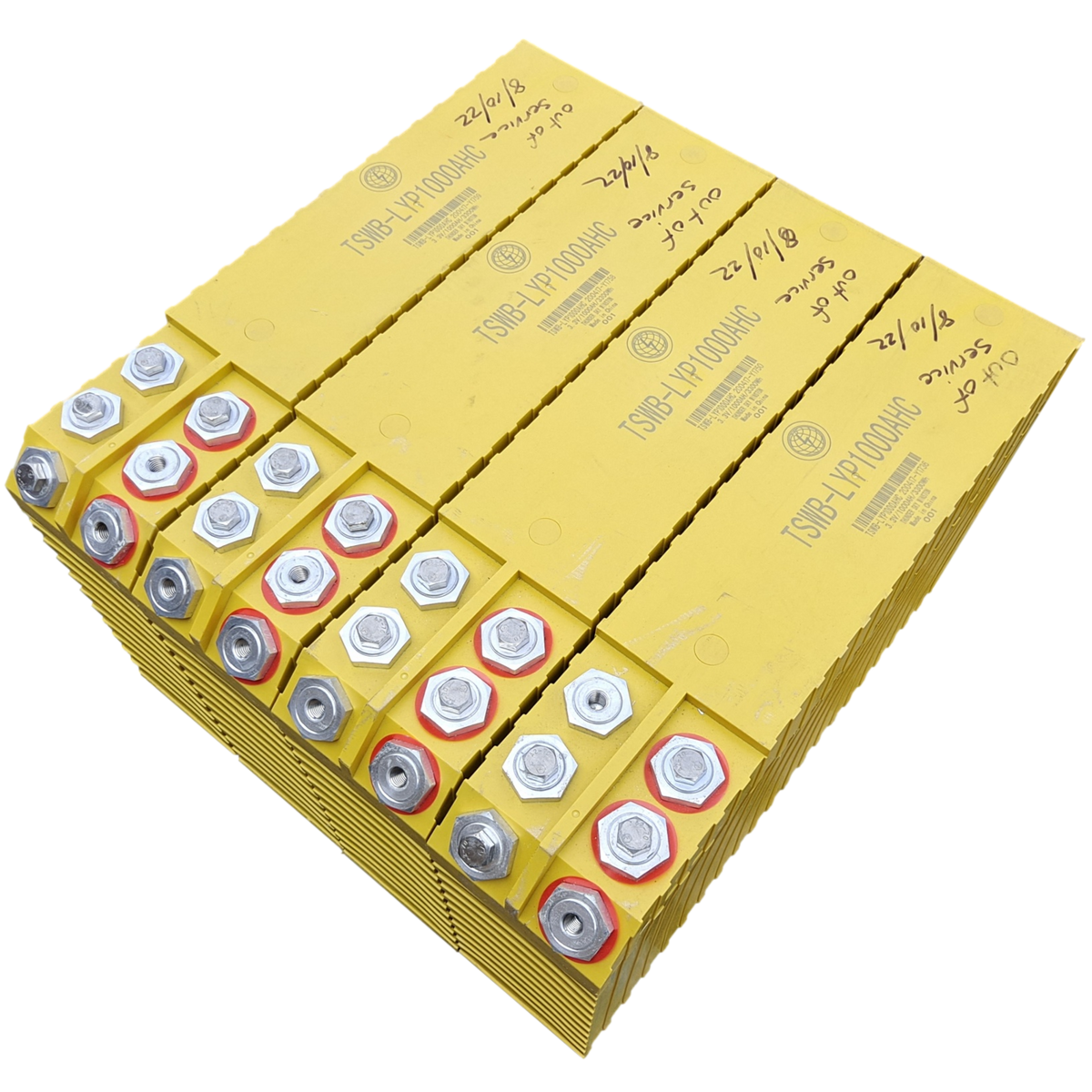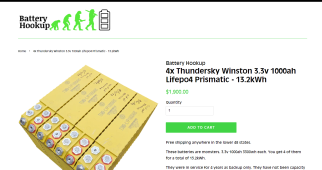As I posted elsewhere, due to my own carelessness I connected the balance lead from cell #12 to the connector for cell #15 and visa versa.
Now the BMS is showing the wrong voltage on a couple of cells; so I've fried it.
Looking for a replacement for the 100A JBD unit and I'm finding lots of 80A replacements but very few 100A that are in stock.
As I have 3Kw of panels and 3Kw MPP all in one units, do I really need a 100A BMS?
3Kw at 48 volt gives 62A, and I've never seen that much output from my panels, maybe 45A on a good day, and of course the same amperage applies to the MPP, which would shut down on over current, that is if my 80A fuse didn't pop first.
So how do you size a BMS? accepting that I would need to apply a margin of error for exaggerated current handling claims by the BMS sellers.
Now the BMS is showing the wrong voltage on a couple of cells; so I've fried it.
Looking for a replacement for the 100A JBD unit and I'm finding lots of 80A replacements but very few 100A that are in stock.
As I have 3Kw of panels and 3Kw MPP all in one units, do I really need a 100A BMS?
3Kw at 48 volt gives 62A, and I've never seen that much output from my panels, maybe 45A on a good day, and of course the same amperage applies to the MPP, which would shut down on over current, that is if my 80A fuse didn't pop first.
So how do you size a BMS? accepting that I would need to apply a margin of error for exaggerated current handling claims by the BMS sellers.







